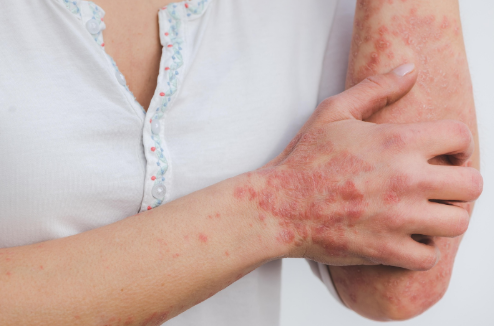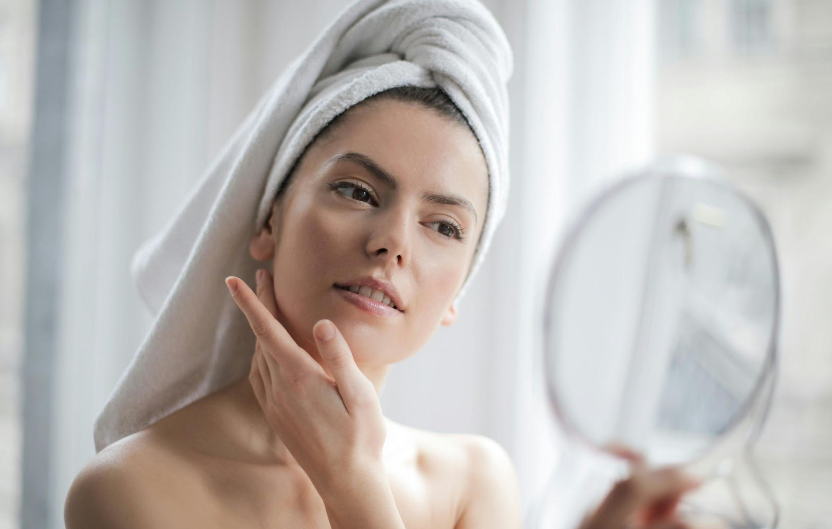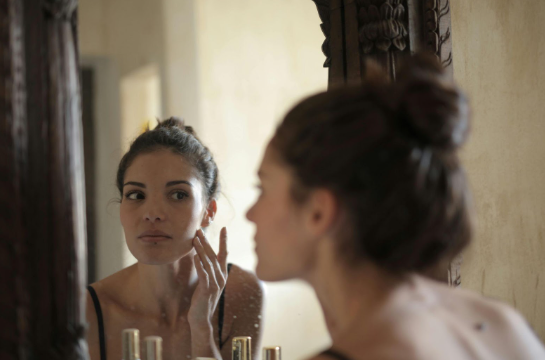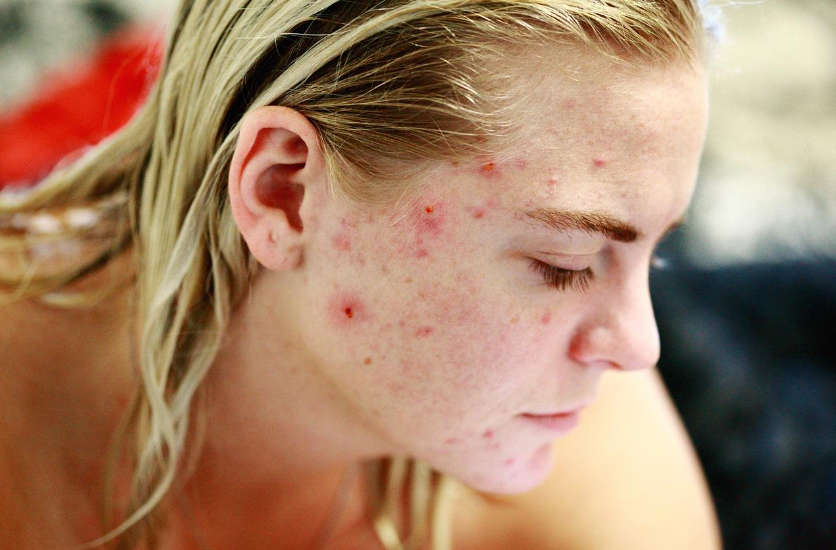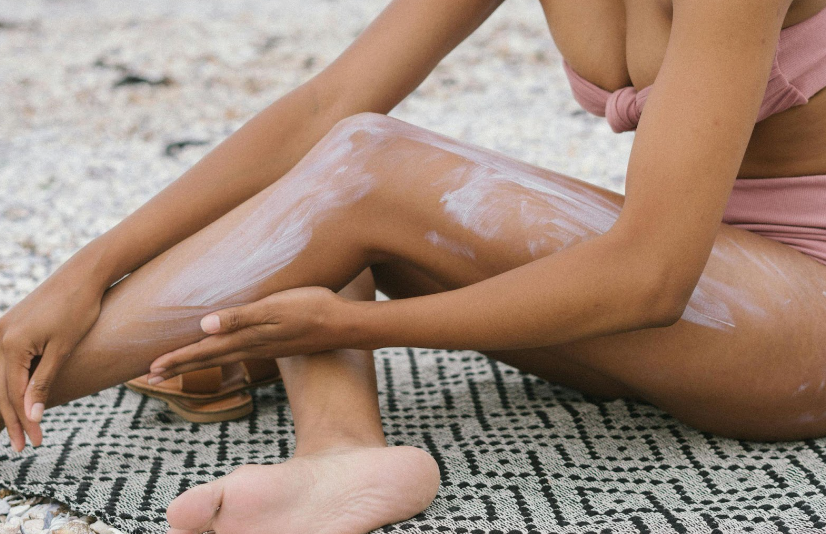Blog Layout
Excessive Sweat? We've Got You Covered
Dr. Eugene Conte • February 17, 2017
What Can Be Done About Debilitating Excessive Sweating?

Before with deal with the issue of debilitating sweating we must know about this condition is called medically.
Excess sweating is called hyperhidrosis. It is defined as excessive sweating beyond what is normally required to maintain consistent body temperature.
Although hyperhidrosis can occur in a number of locations on the body, including the hand and feet, one of the most common areas of complaint is the underarm Excessive sweating of the underarm is also referred to as “axillary hyperhidrosis”.
Around 17% of the population said that they sweat too much in/under their arms which cause them psychological and/or relationship issues. This means that 1 in 5 adults are impacted by excessive underarm sweat. The numbers are slightly less for the hands and feet sweating.
When questioned these people have, on average, at least 10 sweat outbreaks per week or consider themselves as excessive sweaters all the time.
In a survey commissioned by the International Hyperhidrosis Society, found 88% of those diagnosed with hyperhidrosis had endured negative social reactions from others such as disgust or mockery.
For many, this condition is a daily struggle that causes anxiety at work, embarrassment in relationships and social settings, and avoidance of leisure activities.
The impact of hyperhidrosis on those who those who suffer from this condition is as severe as, or more severe than, other more commonly recognized dermatologic diseases, such as psoriasis and severe acne. Unfortunately, many people with excessive sweating suffer in isolation and silence because they are not aware that their condition of hyperhidrosis is treatable.
Only 5% of people who feel they perspire a lot have seen a dermatologist about their condition.
When questioned 96 % of people suffering from excessive underarm sweat use some kind of treatment, and sufferers who use treatment are still experiencing excessive underarm sweat on a regular basis.
Of these:
- 71 % are using at least regular antiperspirant.
- 40 % use clinical strength antiperspirant and 6% use prescription oral medication.
- 60 %who are currently using treatments, other than just regular antiperspirants, are still experiencing excessive underarm sweat multiple times each day.
- 92 % of sufferers tend to keep their arms to their sides or avoid raising their arms in an attempt to cover up their condition.
- 73 % have thrown away stained clothes.
- 68 % have brought an extra shirt or outfit to the office or a social event.
- 86 % have tried to cover up their condition by applying antiperspirant multiple times a day, limiting physical contact with others, avoiding the purchase of clothes made out of certain fabrics or colors and throwing away stained clothing.
Underarm sweat is produced from eccrine glands known commonly as sweat glands located just below the surface of the skin. These glands work by secreting fluid to help cool the body.
For people with axillary hyperhidrosis, these sweat glands are overactive and frequently turn on when they should be at rest, and producing much more sweat than is needed to cool the body.
In regards to the treatment of hyperhidrosis there are not allot of permanent treatments available.
Topical preparations such as Certain-Dry Pads or topical Drysol can be applied to the skin but may only help in very mild cases. These products contain aluminum chloride which is present in many over the counter antiperspirants.
Oral forms of beta blockers such as propranolol may be used off label on a daily basis. Another oral medication is glycopyrrolate which is a better choice is an anticholerginic. Glycopyrrolate is an old antiulcer medication that I have found clinically helpful in about 20 % of my patients affected with hand, foot, or axillary hyperhidrosis or a combination of all three areas.
Botox can be used but requires multiple treatments spaced out about four to five months apart in all affected areas. It is cost prohibitive over the long run. It may be a medically covered benefit for some patients with insurance however there may be a cap on the total amount of Botox that may be covered by the patient’s medical insurance.
The only FDA approved treatment for hyperhydrosis on the market currently is called the miraDry procedure. At this time the miraDry is only indicated for the axillary type of hyperhydrosis. This procedure improves sweat reduction without the use of harsh chemicals, toxins or surgery.
The miraDry procedure uses the only quick, non-invasive microwave technology cleared by the FDA and has proven to dramatically reduce underarm sweat and provide lasting results!
The procedure is performed in the dermatologist’s office. A small amount of anesthetic is placed under the skin, then the hand piece from the miraDry System is placed on the underarm skin, and delivers a precisely controlled microwave energy to the region where the sweat glands reside to eliminate a majority of the sweat glands non-invasively. The sweat glands do not grow back once eliminated, resulting in a dramatic and lasting reduction of underarm sweat.
The treatment requires two sessions spaced out three months apart. Most patients that I have treated report a dramatic reduction of their sweat. In a recent clinical study the average sweat reduction was 82%. You should see a reduction in sweat almost immediately after treatment.
If you would like more information on the miraDry procedure you can go to their website, or check out my associate, Kristen Richardson's, blog that discusses the procedure.
Website : www.miraDry.com
Currently no one in this area of Mississippi offers the miraDry service other than PBD. We are only the second clinic in the state, I believe, that offers the procedure.
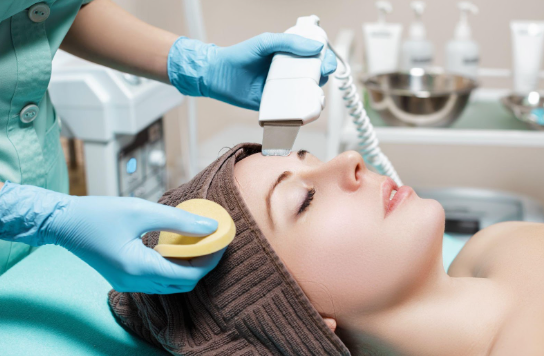
April 7, 2025
Your skin, the body's largest organ, is a vital indicator of your overall health. Changes in its appearance can signal underlying medical conditions that may require attention. Whether it’s ensuring you’re getting the right nutrients, managing stress, or seeking professional care, being attuned to what your skin tells you makes it easier to stay on top of your health.
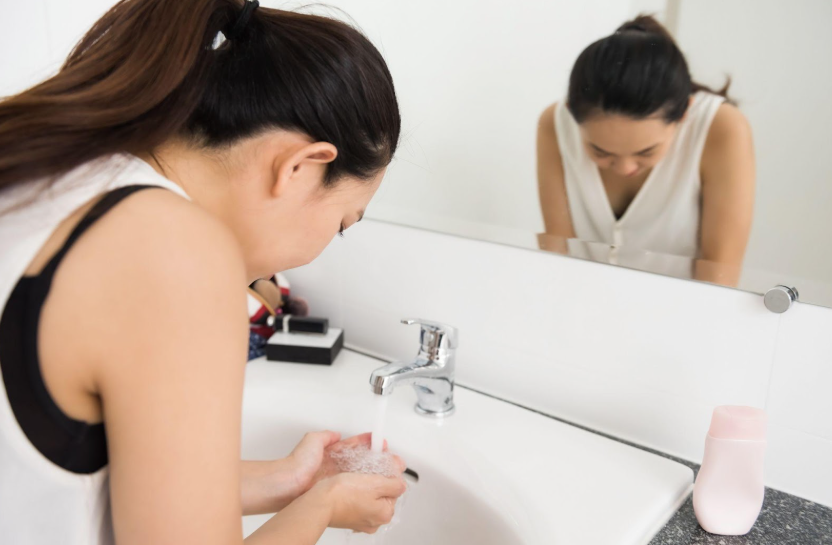
February 14, 2025
Achieving healthy, glowing skin begins with an effective cleansing routine. However, small mistakes can disrupt your skin’s natural balance, leading to irritation, breakouts, or premature aging. Avoiding these common errors and incorporating advanced techniques can significantly impact your skincare journey.

October 25, 2024
You’ve likely felt it in your life: that uncomfortable feeling of tightness, flakiness, and sometimes even itchiness that can make your skin look and feel less than its best. But what exactly causes dry skin, and how do you treat it? Don’t fret because we’ve put together some treatment tips that can help your dry skin regain its moisture.
Petal Office
Phone:
Fax:
601-336-7826
Address:
Hours of Operation:
Mon-Fri: 8:00am to 4:30pm
Hattiesburg Office
Phone:
Fax:
601-475-9969
Address:
Hours of Operation:
Mon-Fri: 8:00am to 4:30pm
Ellisville Office
Biloxi Office
Phone:
Fax:
228-232-0874
Address:
1009 Tommy Munro Drive, Suite A
Hours of Operation:
Mon-Fri: 8:00am to 4:30pm
Ocean Springs Office
© 2025
All Rights Reserved | Pine Belt Dermatology

